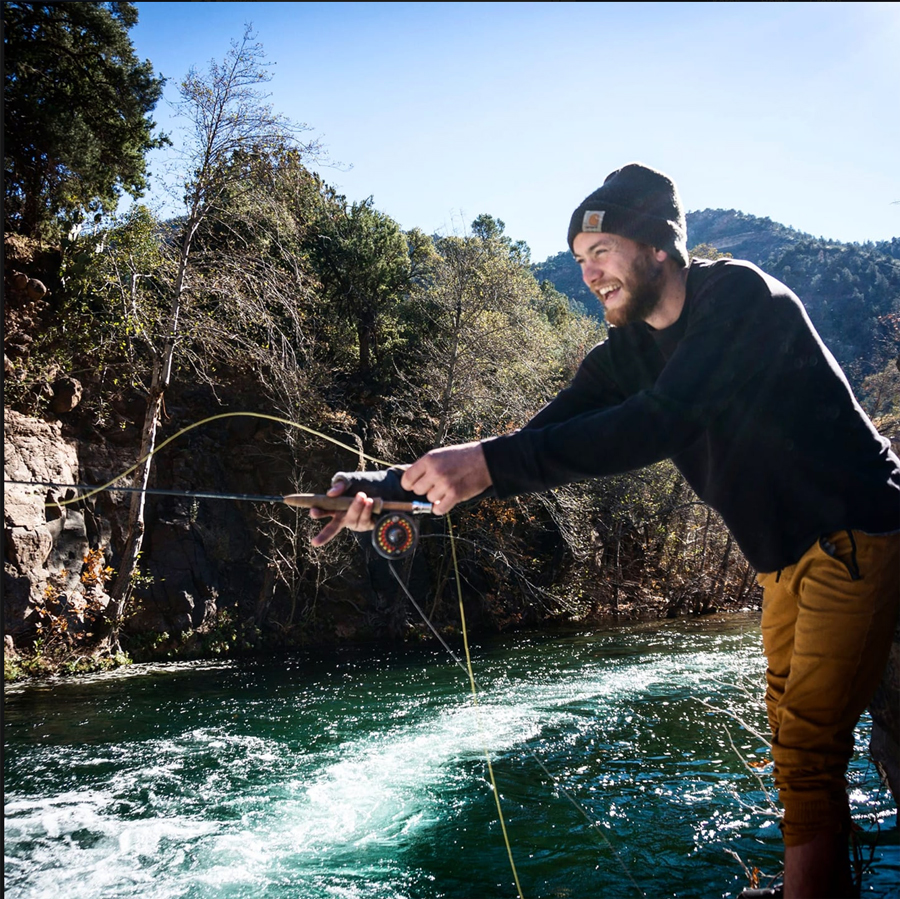Learn
In a new study on the economic impact of water related outdoor recreation released by Audubon Arizona this week, 545,000 Arizona residents participating in water related outdoor recreation in Yavapai and Coconino counties create an annual economic impact of $3 billion. Locally, the report found that 216,000 Arizona residents participate in outdoor recreation along water in Yavapai County, creating an annual economic impact of $1 billion and generating 9,400 jobs. In Coconino County, 329,000 Arizona residents participate in outdoor recreation along water creating an annual economic impact of $2 billion and generating 17,000 jobs. Top activities in both counties include camping, trail sports and picnicking/relaxing. Statewide, Arizona’s waterways, enjoyed by more than 1.5 million residents each year, contribute $13.5 billion to the state’s economy and support 114,000 jobs. “The rivers, lakes and streams of Arizona are an economic powerhouse for our state—these results prove that,” said Audubon Arizona’s Policy Manager, Haley Paul. “The fate of birds and people are deeply connected. Our waterways need to be protected, not only for the vital bird, fish and wildlife habitat they provide, but also to sustain Arizona’s economy today and into the future.” Friends of the Verde River (Friends) hosts outdoor events and activities in support of the conservation work in the Verde Watershed, including the annual Verde Valley Birding and Nature Festival which brings over 450 people to the Verde Valley each April. “River stewardship is vital to the long-term health of the Verde River and the watershed. Our events engage visitors and residents with the Verde River and the riparian habitat that it provides for resident and migratory wildlife. Event participants and volunteers support local businesses and our economy through their patronage. Additionally, our habitat restoration program provides seasonal jobs to Veterans and Arizona Conservation Corp youth,” noted Nancy Steele, Executive Director at Friends. Expenditures across waterway recreation can include fuel, food, admission fees, guides, lodging, equipment purchases, supplies, permits, apparel accessories and other related expenses. Measuring the participation in water-based outdoor recreation and its associated spending is a way to evaluate the economic activity generated from having water in rivers, lakes, reservoirs and streams. Without water, much of the economic activity would be lost. The report will serve as a resource for local and state officials to better understand the economic contributions of waterways in their area and how they support their communities. “We have always known that the Verde River is the economic backbone of the Verde Valley,” said Clarkdale Mayor Doug Von Gausig. “Now we can quantify that the waterways of Yavapai County contribute $1 billion in economic output and support 9,400 jobs and that protecting these special places helps our local economies and communities. I am grateful our community has this data—it will be invaluable to many across the state.” “Arizona’s iconic rivers—the Colorado, the San Pedro, the Verde and others—bring in visitors from all over the world who seek the one-of-a-kind recreational opportunities they provide,” said Colleen Floyd, Director of Research for the Arizona Office of Tourism. “This creates significant tourism revenue for our communities and an economic incentive to preserve our waterways.” Water in the arid West allows for large metropolitan areas, millions of acres of agricultural production and myriad industries. What has been less studied is the economic significance of water in rivers, lakes, reservoirs and streams to state and local economies. The study evaluated outdoor recreation along water as defined by nine activities: bicycling, camping, fishing, hunting/shooting, picnicking/relaxing, snow sports, trail sports, water sports and wildlife watching. The spending estimates provided the basis for estimating economic contributions. For the full report and executive summary, visit: Audubon.org/AZRivers. Photo by Maxwell Wilson






